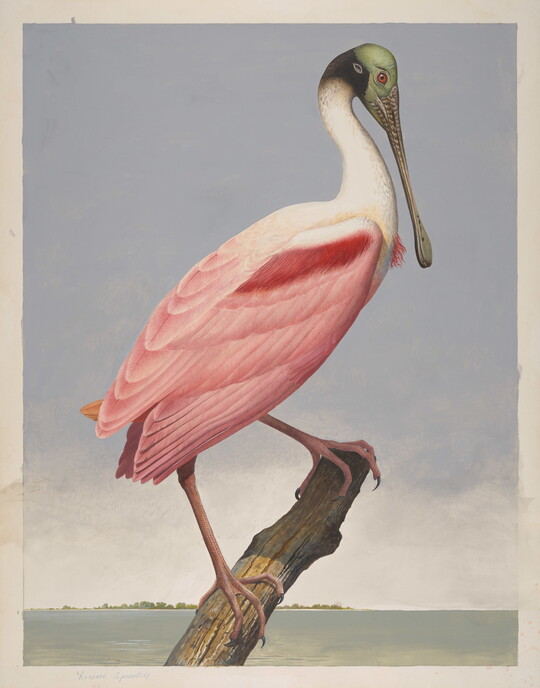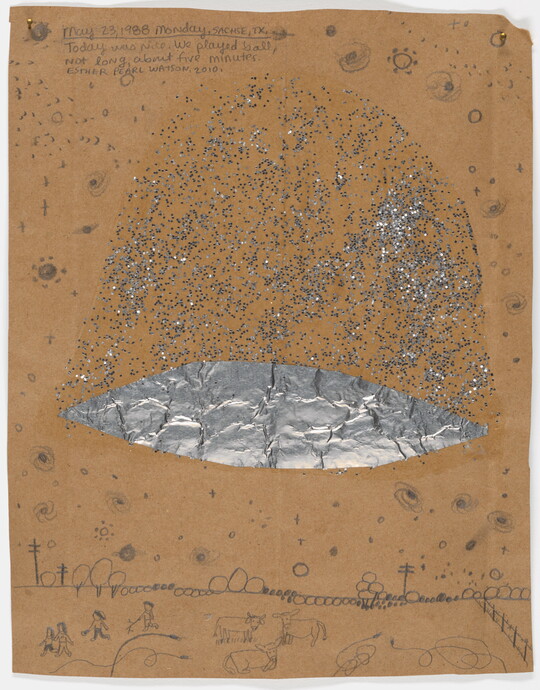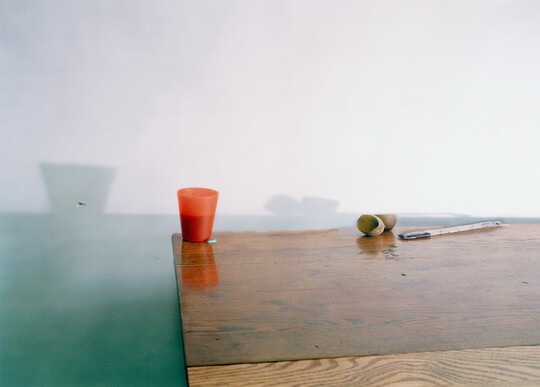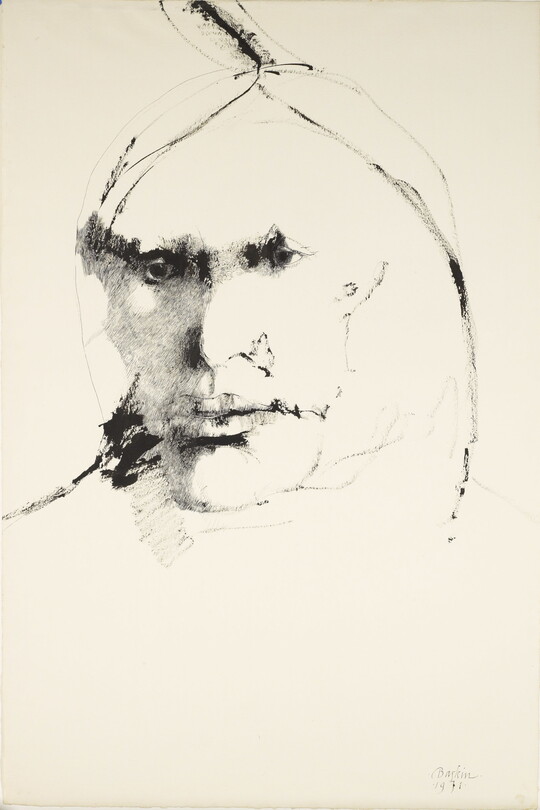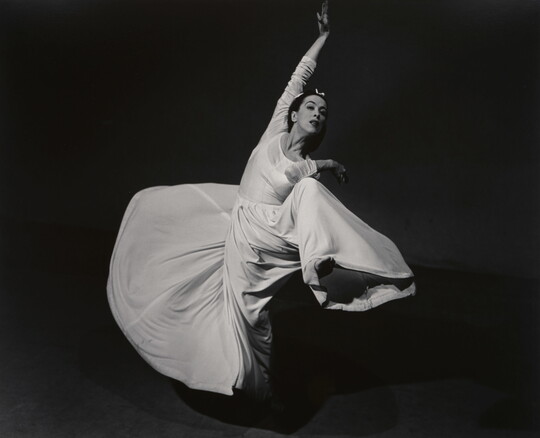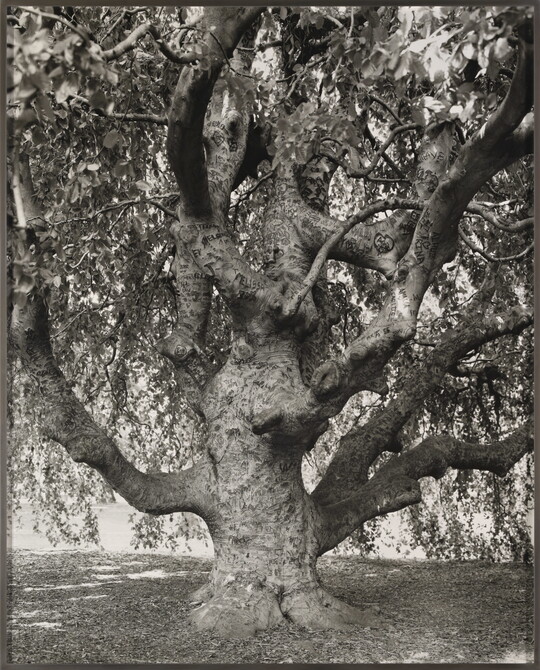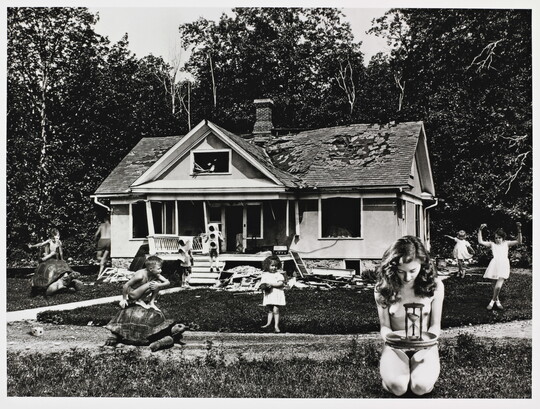



Artwork Images
Photo:
Controls
Blyth Sands
Object Details
-
Date
1882
-
Object Type
Drawings
-
Medium
Graphite, opaque watercolor, ink, chalk, and charcoal on paper
-
Dimensions
Image: 17 x 22 5/8 in.
Sheet: 17 x 22 5/8 in. -
Inscriptions
Recto:
l.r. signed and dated in graphite: HOMER 1882
Verso:
u.l. in graphite [partially erased]: 37 Ø [enclosed in a squared circle]
-
Credit Line
Amon Carter Museum of American Art, Fort Worth, Texas
-
Accession Number
1982.58
-
Copyright
Public domain
Object Description
Beginning in 1881, Homer spent 20 months along England’s Northumberland Coast. Living in the village of Cullercoats, he made a series of watercolors and drawings portraying the daily rhythms of the local fishing industry, including Blyth Sands, which depicts the coast a few miles north of the community of Tynemouth.
In Homer’s drawing, two women walk arm in arm along the shore while a small fishing boat passes in the distance. Homer’s Cullercoats works frequently include paired figures, and he used the theme of female friendship to speak to the quiet endurance and comradery of those who waited daily for the safe return of fishermen from the sea. Many of these works convey the psychological strain of waiting, but Blyth Sands offers a lighter tone. The women stroll casually, sharing a peaceful moment together, perhaps just after seeing their partners off in a departing boat.
—Text taken from the Carter Handbook (2023).
-
Revealed Treasures: Drawings from the Permanent CollectionOctober 21, 2001–February 10, 2002
This exhibition of drawings spanning the 19th and 20th centuries represents the evolution of the medium from preliminary outlines for other artistic media to a modern means of self-expression in its own right.
-
The Allure of Paper: Drawings and Watercolors from the CollectionJuly 9–October 9, 2011
This special exhibition showcases one-of-a-kind works on paper never before exhibited together, chronicling the sweeping changes that occurred in American art over the course of nearly 200 years from portraiture and history painting to modernism and abstraction.
-
Homer and Remington in Black and WhiteMarch 4–July 2, 2017
This exhibition highlights the overlooked works on paper that helped catapult two great American artists to household names. Their ability to distill the essence of a scene using only black and white was fundamental to their success.
-
An Expanding Vision: Six Decades of Works on PaperApril 22–August 22, 2021
In celebration of the 60th anniversary of the founding of the Carter, this exhibition revisits key moments in the Carter’s history of collecting works on paper, highlighting the museum’s path to becoming one of the finest collections of American art in the country.
Additional details
Location: Off view
See more by Winslow Homer
Tags
-
How does an artist use color to convey mood?
How can an artist convey human relationships in a work of art?
Do preparatory works have artistic value of their own?
What strategies do artists use to provide information about the communities and places they encounter when traveling?
-
What type of artwork is this? What materials did the artist use to create this image? How does this medium differ from other types, like paintings, sculptures, or prints?
Why do you think Winslow Homer created this image? How might this type of work be used? Typically, studies were not created for public display; why do you think this study is now part of a museum collection and on display?
What is depicted in this scene? What do you observe about the physical relationships of the people and the objects in this work? What do you think the artist is trying to convey through the placement of the people and objects?
This study was made in Blyth, a small town in on the coast of England’s North Sea. The artist visited this town from 1881 to 1882 and decided to portray the community there. What do you believe he wanted us to learn about the members of this community? Be sure to identify specific details of the image that support your response.
Who might these two women be? What is their relationship to each other? What is their relationship to the sea? Homer completed a number of paintings that depict both the comradery and uncertainty of women and children whose husbands, fathers, or brothers are away at sea. Are these two women bonding over their shared experience? What do you see in the image that might hint at that?
-
Grades 4–8
Ask students to think through the narrative in this study. What caption would they create for this moment? What might have happened before this scene? What might happen next? Students will create a storyboard with illustrations and captions for their predictions about this narrative. The storyboard should include at least one scene prior to the moment depicted by Homer in Blyth Sands, and at least one scene following the moment depicted in Homer’s study.
All Levels
Ask students to consider their own community. Who are their neighbors? Have each student select three to four neighbors and sketch studies of each person on a sheet of paper. Students should consider how the details of the studies will provide viewers with information about the people depicted. Students should also think about how the people depicted relate to each other. Students should be encouraged to use the placement of the figures on the sheet to communicate information about how the members of their community interact. On the reverse, students may write a brief description or story about each person or the community overall.
Share Educator Resources
Amon Carter Disclaimer
This information is published from the Carter's collection database. Updates and additions based on research and imaging activities are ongoing. The images, titles, and inscriptions are products of their time and are presented here as documentation, not as a reflection of the Carter’s values. If you have corrections or additional information about this object please email us to help us improve our records.
Every effort has been made to accurately determine the rights status of works and their images. Please email us if you have further information on the rights status of a work contrary or in addition to the information in our records.
Related Works
-
Roseate Spoonbill, ca. 1980-85
Scott Gentling, Stuart Gentling
Graphite, opaque and transparent watercolor on paper
2018.26
-
May 23, 1988 Monday, Sachse, TX, 2010
Esther Pearl Watson
Graphite, foil, glitter on brown paper bag
2018.1
-
Untitled #52, 2002
Laura Letinsky
Dye coupler print
P2007.3
-
Chief Gall, 1971
Leonard Baskin
Ink and ink wash on paper
1971.5
-
Zerogram, 2017
Ellen Carey
Dye coupler print
P2018.40
-
Martha Graham - Letter to the World (Swirl), 1940
Barbara Morgan
Gelatin silver print
P1974.21.17
-
Untiled [Wildflower, Chappaqua, New York], 1912
William Zorach
Watercolor and colored pencil on paper
2018.2
-
Weeping Beech, Brooklyn Botanic Garden, Brooklyn, 2011
Mitch Epstein
Gelatin silver print
P2012.13
-
The Time Game, 2011
Jane Hammond
Gelatin silver print
P2011.29



